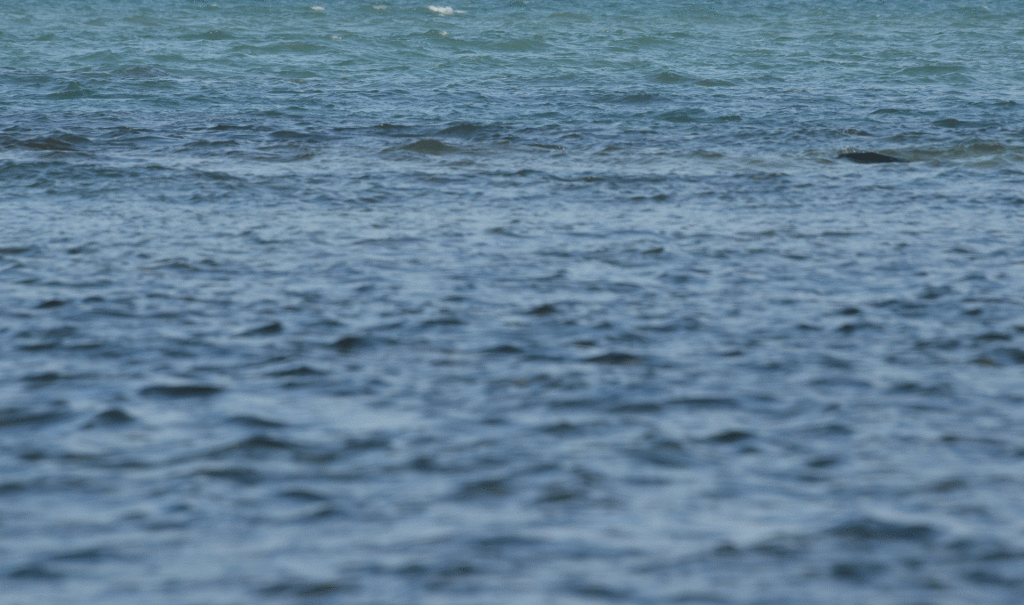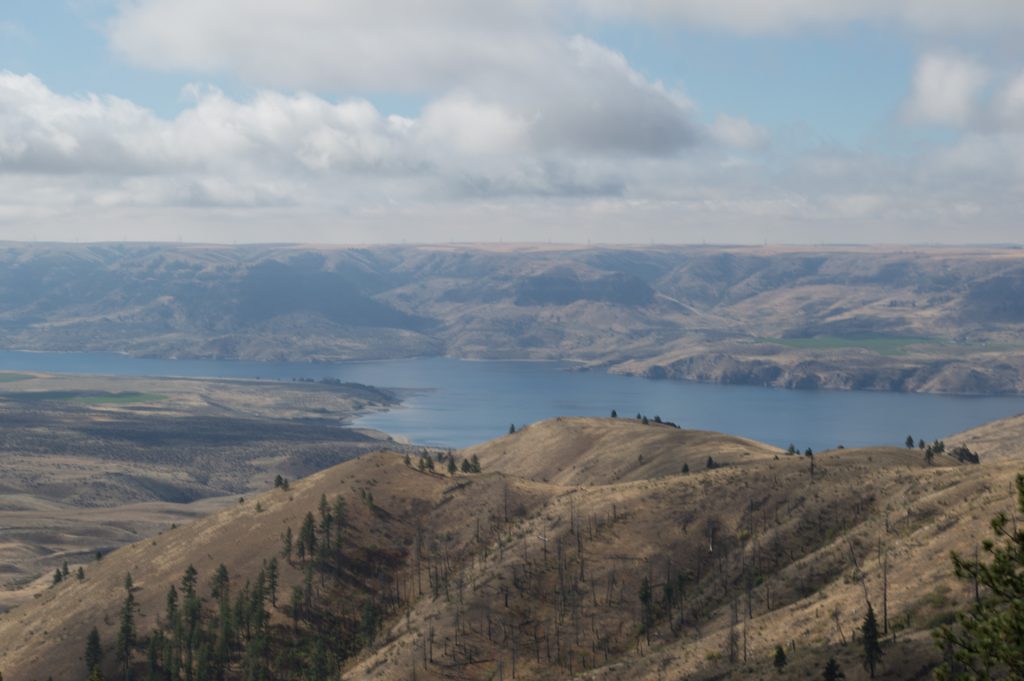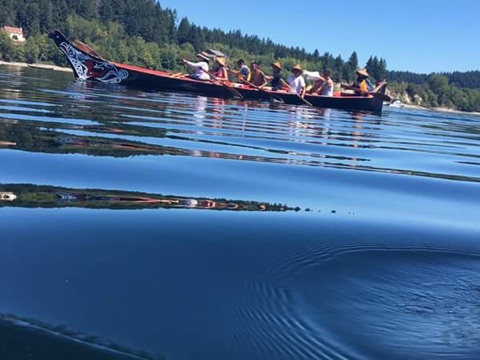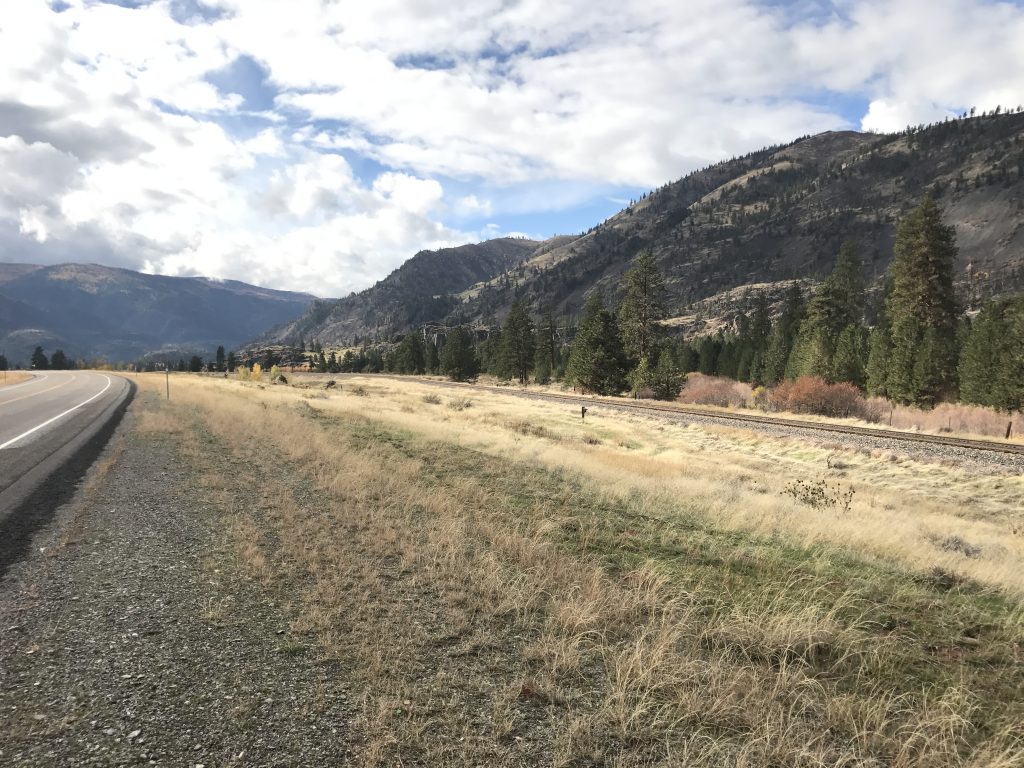News & Events
February 10, 2016
Māhina: Decolonizing and Indigenizing Health Research
Te torino haere whakamua, whakamuri (At the same time the spiral is going forward, it is going back)
Central to the Māori culture, the koru symbol is based on the unfurling fern frond of the silver fern native to Aotearoa (New Zealand). The circular shape of the koru represents growth and new life while the inner coil represents a strong connection to the point of origin.
The Māhina program is ten-week international Indigenous health training progam. The program sent eight students to Aotearoa from the University of Washington and the University of Hawaii to study Indigenous health and health research. During their time in Aotearoa, the Māhina indigenous health research scholars learned to employ cultural and community-based research methodologies to broaden the western definition of health by remaining rooted in their native cultures and returning to their ancestors’ original instructions.
Throughout the ten weeks in Aotearoa, the Māhina trainees also engaged in a diverse range of health research experiences that encompassed the holistic nature of Indigenous health. Upon arrival to Aotearoa, the trainees attended the He Manawa Whenua (“Pool of Knowledge”) Indigenous Research Conference, where renowned academics such as Māhina’s UW principal investigators Bonnie Duran, Karina Walters, and Tessa Evans-Campbell served as keynote speakers and workshop presenters. One theme that resonated throughout the conference was the need to address the impact of historical trauma on contemporary health and the urgent need to re-establish our communities in our traditional ways of wellness. Graham Hingangaroa Smith, Linda Tuhiwai Smith and Leonie Pihama, academics and founders of the Kaupapa Māori theory, talked about the collective vision among Māoris to achieve self-determination and healing from trauma through values of family, relationships, language and culture.
 The Māhina program is centered around the interest-specific internships that each trainee participated in. Ranging from biomedicine and quantitative data analysis to culturally-based health interventions and community engagement, the internships catered to the unique research focuses of each scholar. Epiphany Nik (Samoan and Black) collaborated with her mentor, a Tongan Population Health researcher on his research project “FiZZ” (Fighting Sugar in Soft Drinks) to plan a symposium as well as work towards disseminating data from his prior FiZZ study to communities of lower socioeconomic status. Affected communities are structurally and historically plagued by pressures to partake in sugary drinks at the risk of their health (diabetes, high blood pressure, obesity, etc.). Rachael Tamngin (Waabese/Yapese) worked with Maori and Pasifik scholars from Te Kupenga Hauora Maori to study the cause, prevalence and preventative actions that can be taken in response to rheumatic Fever in Maori and Pacific populations within Aotearoa. Stephanie Riedl (Sts’ailes and Musqueam) worked on the Marae Gardens Project, aimed at researching the health benefits of Marae gardens for urban Māori people. I (Filipino and Haida) worked with Toi Tangata, a positive health, fitness and nutrition specialist organization, to research the effectiveness of intersecting traditional Māori values with contemporary structural approaches to culturally inform and influence physical education, public health workforce development and community program design. Through these experiences, the scholars engaged in whakawhanaungatanga (a principle of Kaupapa Māori research that centers upon relationship building, partnership and exchange) to draw parallels between Māori and the trainees’ native communities and mutually share effective methods of intervention and health promotion.
The Māhina program is centered around the interest-specific internships that each trainee participated in. Ranging from biomedicine and quantitative data analysis to culturally-based health interventions and community engagement, the internships catered to the unique research focuses of each scholar. Epiphany Nik (Samoan and Black) collaborated with her mentor, a Tongan Population Health researcher on his research project “FiZZ” (Fighting Sugar in Soft Drinks) to plan a symposium as well as work towards disseminating data from his prior FiZZ study to communities of lower socioeconomic status. Affected communities are structurally and historically plagued by pressures to partake in sugary drinks at the risk of their health (diabetes, high blood pressure, obesity, etc.). Rachael Tamngin (Waabese/Yapese) worked with Maori and Pasifik scholars from Te Kupenga Hauora Maori to study the cause, prevalence and preventative actions that can be taken in response to rheumatic Fever in Maori and Pacific populations within Aotearoa. Stephanie Riedl (Sts’ailes and Musqueam) worked on the Marae Gardens Project, aimed at researching the health benefits of Marae gardens for urban Māori people. I (Filipino and Haida) worked with Toi Tangata, a positive health, fitness and nutrition specialist organization, to research the effectiveness of intersecting traditional Māori values with contemporary structural approaches to culturally inform and influence physical education, public health workforce development and community program design. Through these experiences, the scholars engaged in whakawhanaungatanga (a principle of Kaupapa Māori research that centers upon relationship building, partnership and exchange) to draw parallels between Māori and the trainees’ native communities and mutually share effective methods of intervention and health promotion.
During our expedition of the North Island, we travelled as far south as Rotorua to experience the Māori traditional healing art form of hot springs and as north as Aroha Island’s native plant and bird ecological reserve. Epiphany experienced a particularly deep connection to the Waipoua Forest walk:
“When I encountered the largest standing Kauri tree in the world, I saw flashes of my family before me . . . roots that have kept us alive in our culture and held us up over years of oppressive forces and obstacles—I saw stability, I saw healing.”
One of the most pivotal experiences was the visit to the symbolic grounds of Tiriti O Waitangi, or the Treaty of Waitangi between the British Crown and Māori chiefs. The treaty resulted in the loss of land and a disruption of the original local governance, becoming a catalyst for several contemporary health disparities that afflict Māori populations.
At the conclusion of the traineeship, each student reflected on his or her academic and personal journey in Aotearoa through storytelling. Through a deeply engaged and collaborative process, we each developed a digital story to share our cultivated knowledge and perspective with the community. To view all Māhina digital stories, visit our website (http://mahina.iwri.org).
Ultimately, Māhina provided an invaluable opportunity by creating a space and place for indigenous scholars to exist and contribute. The program integrated personal experience, ancestral knowledge and academia to help scholars encompass the holistic needs of indigenous health and help indigenous students like me reach their full potential. Rachael speaks for us all when she says, “Māhina allowed us to decolonize, indigenize, resist, persist and exist.” Māhina offered us a place and space to grow as researchers by nourishing our cultural roots and aims to provide that opportunity to many other indigenous scholars in the future.
 Māhina is a five-year research training program funded by the National Institute on Minority Health and Health Disparities, T37MD008625-01.
Māhina is a five-year research training program funded by the National Institute on Minority Health and Health Disparities, T37MD008625-01.




